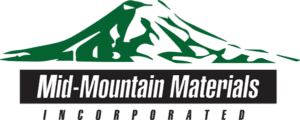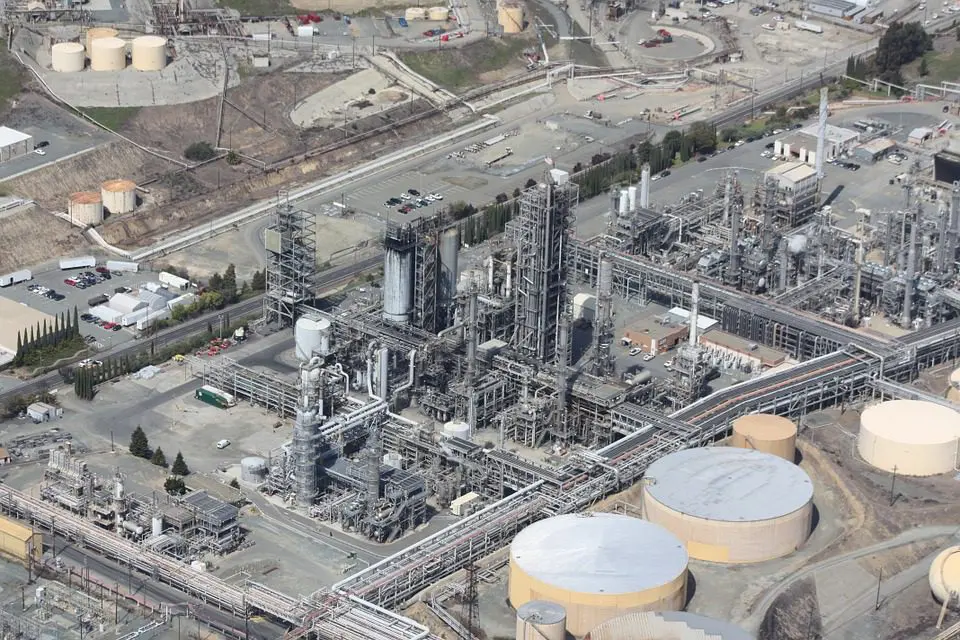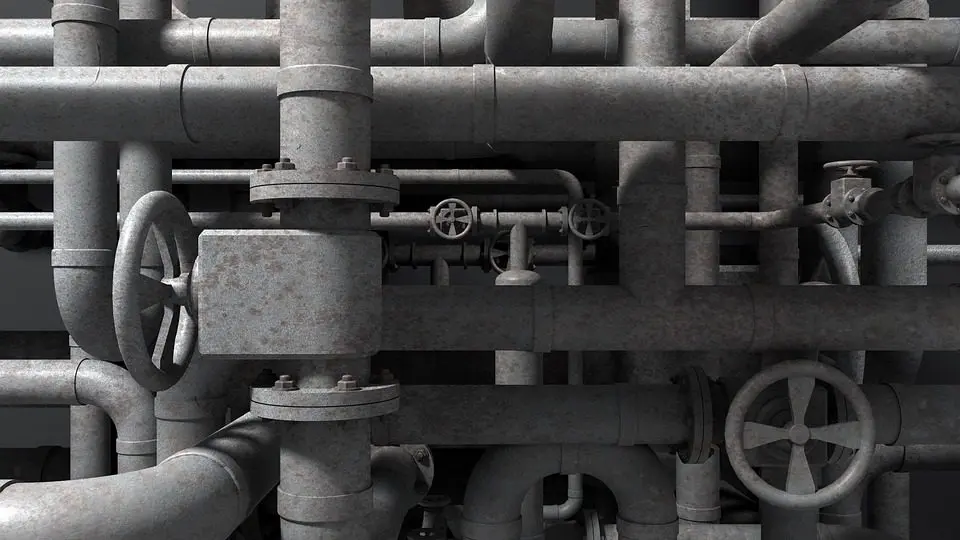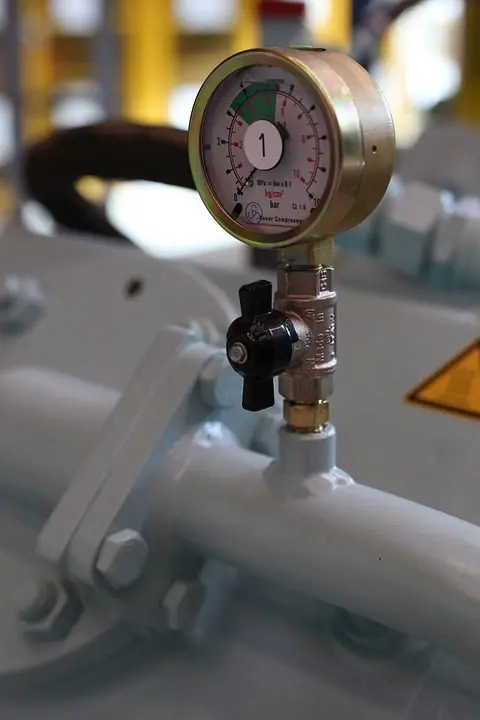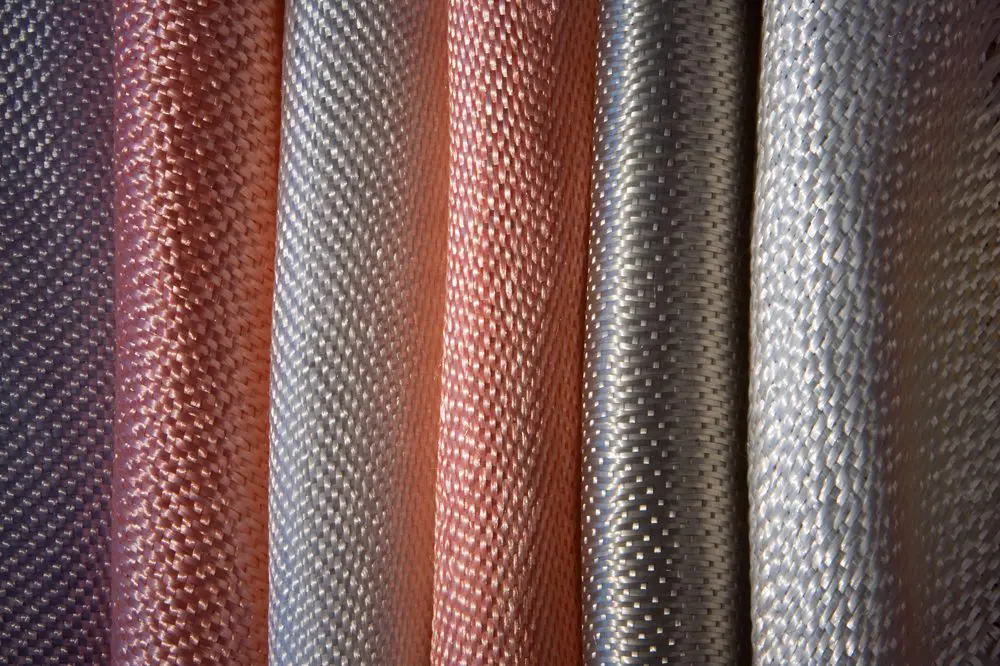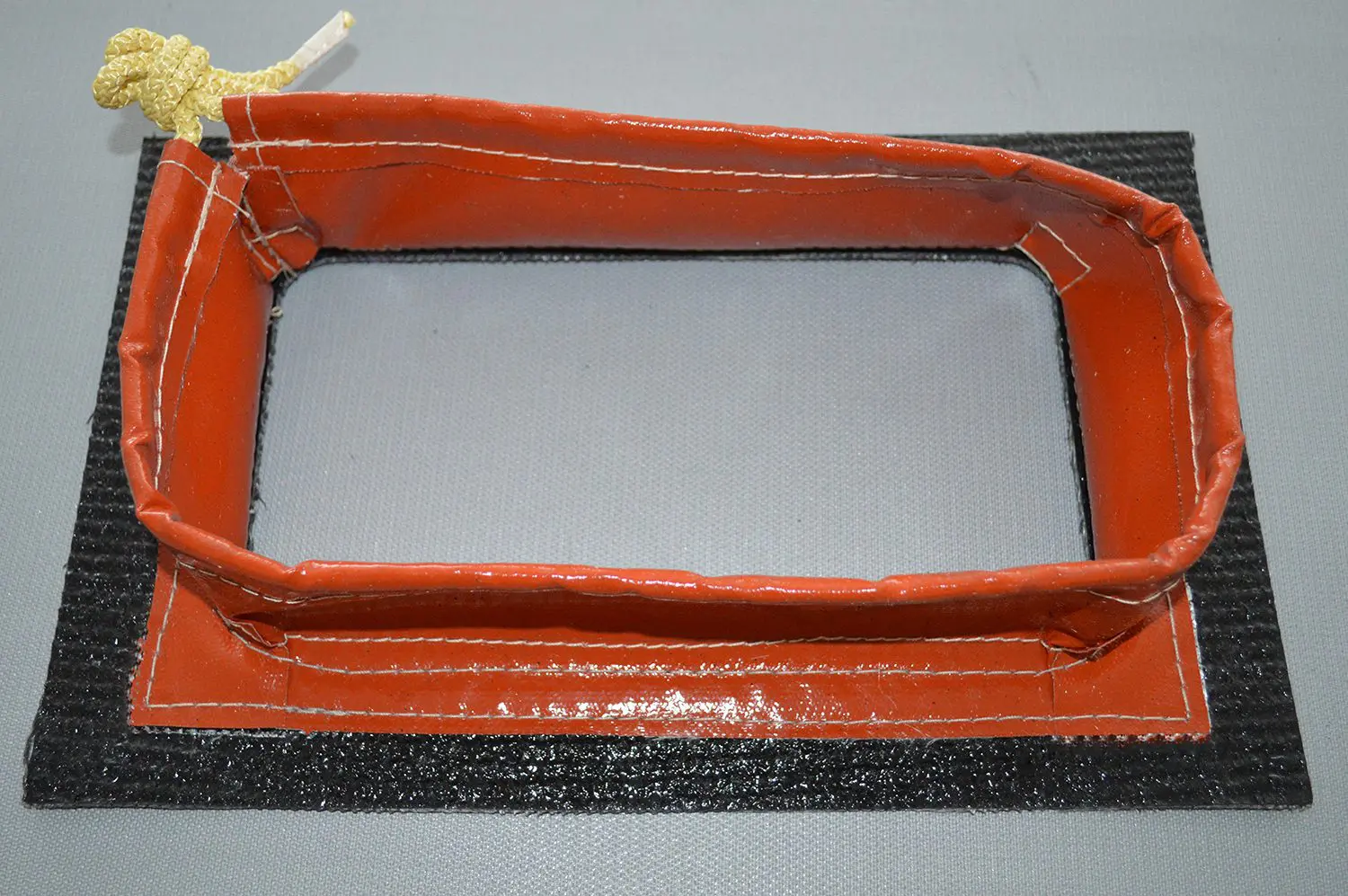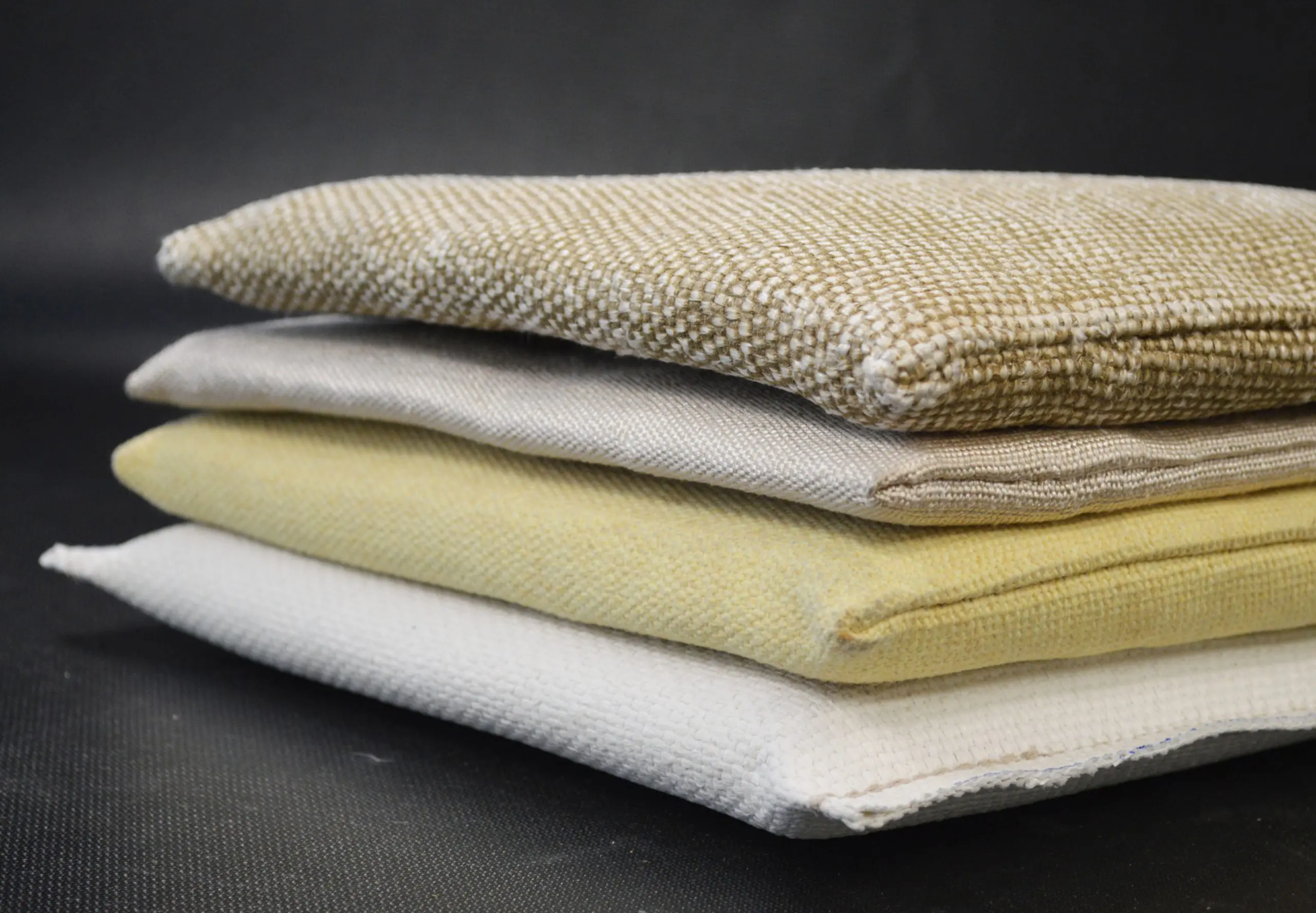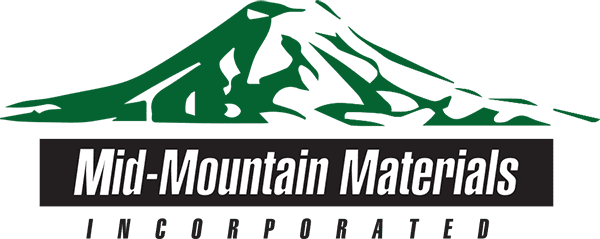Industrial Textiles Manufacturers at Techtextil North America 2022
Techtextil North America is an internationally renowned exhibition for high-performance industrial textile manufacturers around the globe. No other show in the U.S. provides the same level of insight and scope when it comes to the field of technical textiles and nonwoven materials for industrial areas of application. Mid-Mountain Materials, Inc. is proud to exhibit at [...]
